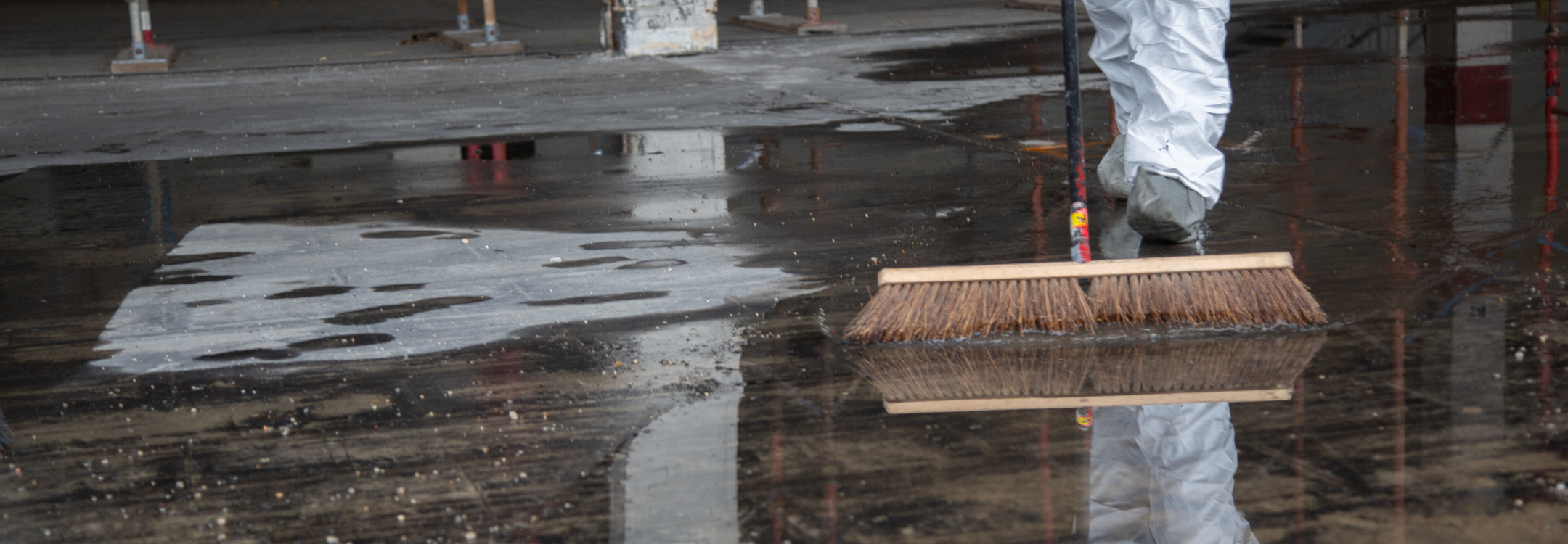Types of Water Damage
Few catastrophes have the power to upend the flow of life and business in a home or workplace in the way that extensive water damage does. Whether by flood from a severe weather event, an internal breach or small incidents compounded over time, the cause of water damage matters less to the home or business owner than the bottom line: impact. A disabled commercial building is a loss of revenue, and an uninhabitable house is a major life disruption. Here we’ll take you through the key considerations and action steps involved in recovering from a water loss in the hope that we can offer a measure of clarity and help make a stressful, burdensome process just a little bit easier.
First, know your vulnerabilities. The primary contributors to water damage in the home and workplace are:
- Overland flood
- Pipe bursts
- Drain backup
- Major appliance malfunction
- Structural degradation due to deferred maintenance
No matter the size or source of early water damage, it is imperative to act at the first sign of a problem. Investigate immediately and address the source of the problem expeditiously. Engage a professional to help you determine the true extent of the damage and perform repairs as soon as possible. Deferring this maintenance will no doubt cost you much more down the line.
